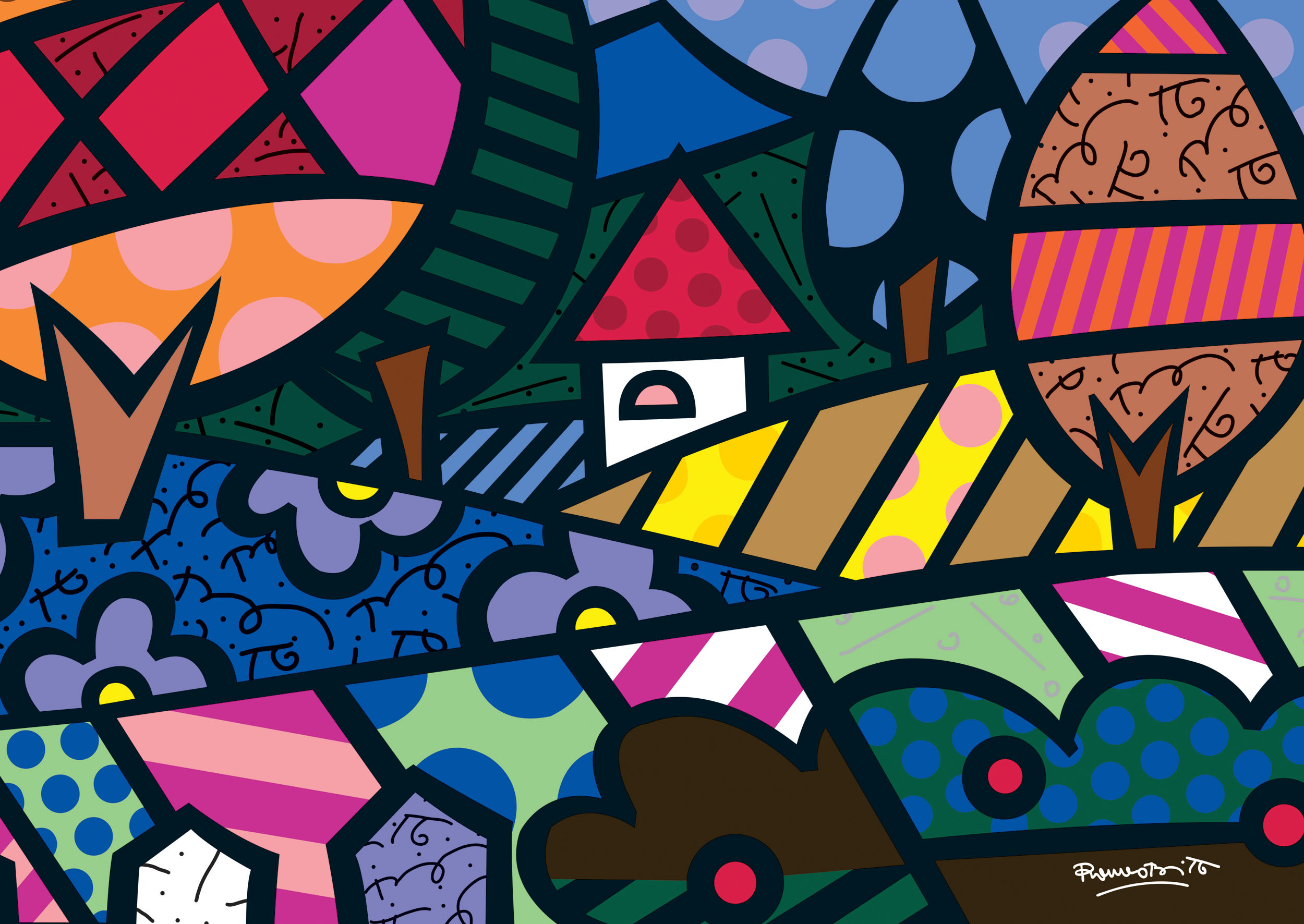
As someone who venerates Harold and the Purple Crayon, Crockett Johnson’s 1955 hymn to the power of imagination (I gift every love one’s new baby with a copy of the book with a purple crayon taped inside), the idea of a film adaptation has always filled me with a certain sense of trepidation. This is due to the somewhat uneven track record of past attempts to bring the great works of children’s literature to the screen. Sure, a film like Spike Jonze’s take on Maurice Sendak’s beloved “Where the Wild Things Are” captured the delicate charms of its source material in ways that enchanted viewers both young and old. But for every one of those, there’s something like that monstrous live-action version of “The Cat in the Hat,” a movie just as bad as the original Dr. Seuss book was good.
Now “Harold and the Purple Crayon” has arrived in theaters in all its live-action glory. It starts on a surprisingly engaging note: a 2-D animated sequence that recaps Harold’s adventures in the book. The sequence finds a decent approximation of the book’s famous visual style and features narration by Alfred Molina. Unfortunately, that sequence lasts about 90-odd seconds, and the real story kicks in after that. Everything goes straight to ultra-garish Hell via a narrative that feels more like a failed “Jumanji” knockoff than anything that the late Johnson’s work could have possibly inspired. Here is a film that pays lip service to the importance of creativity without ever displaying a demonstrable shred of it during its seemingly interminable run time.
After that recap of the original story, we see a now-grown Harold (Zachary Levi) still cavorting through his cartoon world along with friends Moose (Lil Rel Howery) and Porcupine (Tanya Reynolds) and the ever-present voice of the narrator. Then, one day, the narrator’s voice disappears, and Harold decides to use his all-powerful crayon to draw a portal to our world so that the three of them can try to track him down. Alas, the real world proves to be odd and confusing for them, so luckily, Harold and Moose (now in human form, though he occasionally switches back for no apparent reason) end up running into Terri (Zooey Deschanel) and Melvin (Benjamin Bottani), a mother and middle school-aged son who are still in the dumps since the death of Mel’s dad. For reasons that defy explanation, she allows them to stay the night at her house, where Harold finds Mel to be a kindred spirit — he has an unseen imaginary pet that is equal parts eagle, lion, and alligator — and lets him in on the magical crayon. (Porcupine, for the record, has gotten separated from the others and is off wreaking benign havoc on her own.)
While Terri is off at her job at Ollie’s — an institution shown far more reverence here than Johnson’s book — Mel ends up helping Harold and Moose to find the narrator, leading to any number of wacky slapstick scenes in which they fly through the air in a plane or cause mayhem at the store. They also enlist the aid of Gary (Jermaine Clement), a creepy librarian with the hots for Terri, who is also the author of an unpublishable fantasy novel called “The Glaive of Gagaroh” (allowing the film also to alienate fans of “Krull” to boot). Eventually, Gary reveals to Harold that he is, in fact, a character from a book, which sends Harold, Moose, and Mel off on a trip to Crockett Johnson’s house to finally see him. Although Google helpfully reveals the address, it inexplicably fails to mention the key reason why they could have skipped that trip. Meanwhile, Gary, having seen the crayon’s power first-hand, schemes to acquire it for himself and bring the universe of his book to life.
Trying to transform Crockett’s 64-page book into a feature-length film would always be a dubious proposition. But even the most pessimistic of minds could have imagined something as dire as this. For starters, Harold himself has been transformed into one of the most annoying screen characters in recent memory thanks to the appallingly clumsy screenplay by David Guion and Michael Handelman that tries to make him into an irrepressible free spirit along the lines of Buddy in “Elf.” Still, he only manages to make him obnoxious beyond belief. Things aren’t helped much by Levi’s awful performance, which tries for winsome adorableness throughout but which comes across as if a.) Levi had been struck in the head with a board before every take, and b.) that director Carlos Saldanha did enough takes to rival Kubrick before he (and presumably only he) was satisfied. Beyond that, the storyline is choppy, the visuals are utterly blah, the big set-pieces are the usual CGI-happy dreck, the sentimental moments are woefully unearned, and the notion of a film ostensibly celebrating children’s literature utilizing a librarian as the bad guy is infuriating.
Before you send me comments scolding me for not looking at this film through the eyes of a child, based on the available evidence, no one involved with “Harold and the Purple Crayon” had any real interest in engaging younger viewers on any level. Sadly, exploiting the good name of a familiar piece of IP in the hope of scoring a few bucks from families that have already seen “Inside Out 2” and “Despicable Me 4” and are looking for something else to watch seems to have been of more importance to actually living up to the legacy of said IP.
Ultimately, “Harold and the Purple Crayon” is the product of people working under the cynical belief that kids will just accept anything foisted upon them in the name of “family entertainment” as long as it is noisy and colorful. If you genuinely care for your kids, you will give this movie a wide berth and use the ticket money to buy and read Crockett’s original book and its follow-ups. Trust me, they’ll thank you for it one day.




